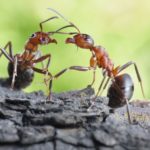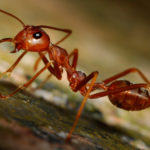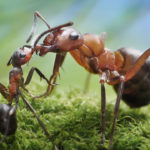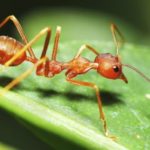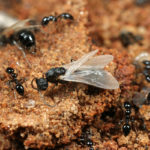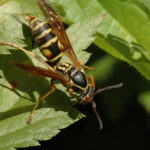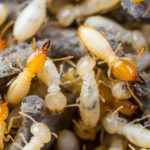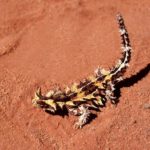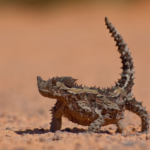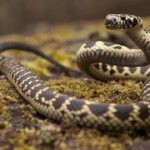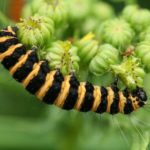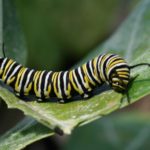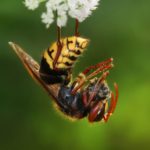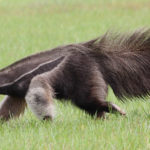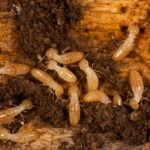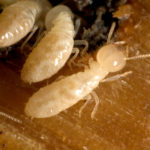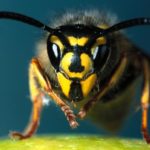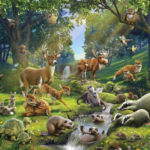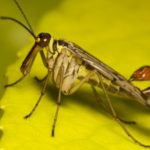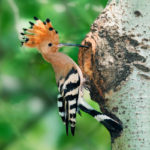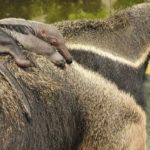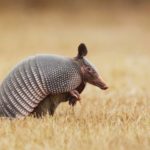Scientific Name of Ant
Ants are found all over the world, except in polar regions, and there are about 3,500 different kinds. The scientific name of ant is Formicidae. Ants are social insects – that is, they live and work in colonies, as do many bees and wasps. A colony of ants may consist of thousands of ants, each of which has its own particular duty to keep the colony going. Most ant colonies live in nests, either on the ground or in trees. Anthills on the ground contain many chambers and tunnels connecting them in which the ants store food and look after their young. A colony consists of a queen ant, male ants, and worker ants.
The queen ant does nothing but lays eggs once she has started the nest, while the male ants’ only duty is to mate with the queen. The actual running of the colony is carried out by the workers, small female ants that do not mate or lay eggs.

Workers repair damage, build new parts onto the nest, collect the food and look after the eggs and young. Some ant species have special worker ants called soldiers. These use their powerful jaws to defend the nest from attack, either by other ants attempting to occupy the nest or by birds in search of a feast. They can also sting an enemy by squirting acid.
Here are the scientific names of other ant species:
- The scientific name of Weaver ants – Oecophylla (genus)
- The scientific name of Red Bull ant – Myrmecia gulosa
- The scientific name of Black ant – Lasius niger
- The scientific name of Harvester ant – Pogonomyrmex barbatus
- The scientific name of Pavement ant – Tetramorium caespitum
- The scientific name of Yellow Crazy ant – Anoplolepis gracilipes
A colony is started by a queen after mating during a ‘marriage flight’ of male and female ants. The males soon die and the female loses her wings, as she finds a place to build a nest and lay eggs. This hatch to form a small colony of which the female becomes the queen. As workers build up the nest the colony grows in size and numbers. It may last for many years, with a new queen replacing the old one when she dies.
Ants’ eggs are very small and hatch out into larvae. These are small maggot-like creatures, quite unlike ants in appearance. A larva grows and sheds its skin several times. After a few weeks, it becomes a pupa, sometimes forming a cocoon around itself. The pupa remains in this stage without eating and hardly moving, while its adult body forms. It then breaks out to emerge as an adult ant.
